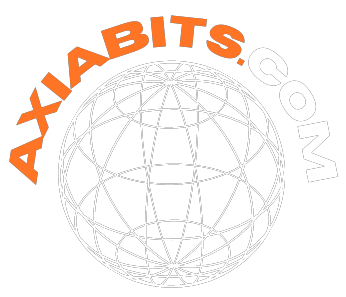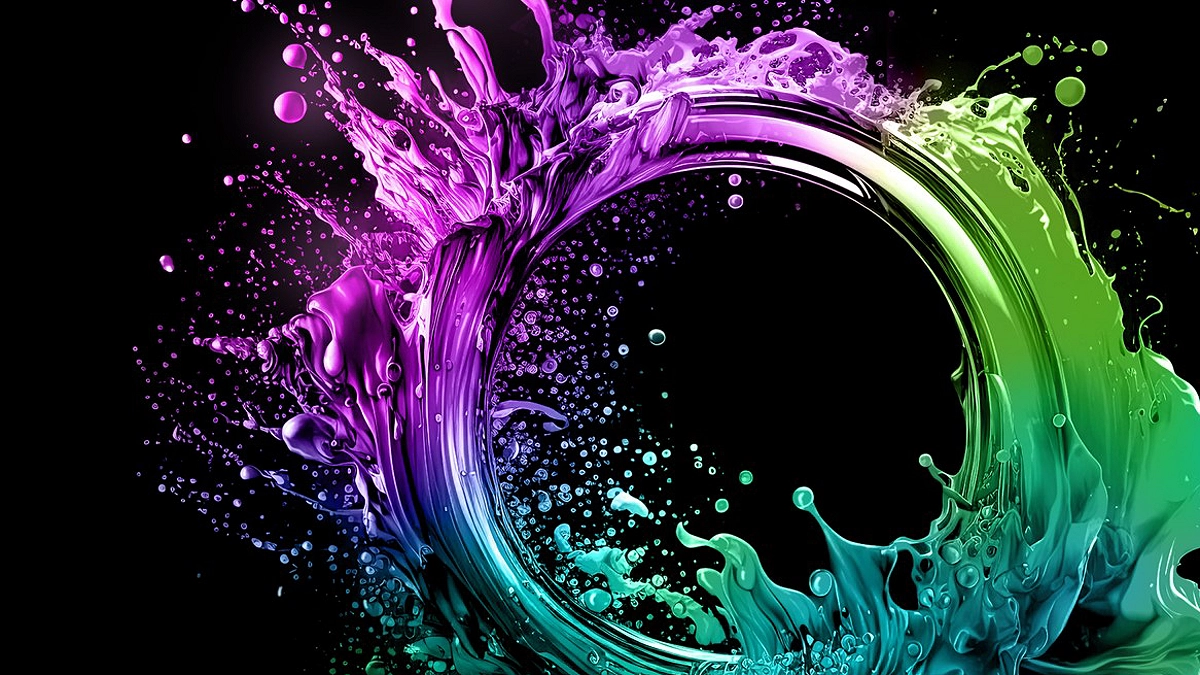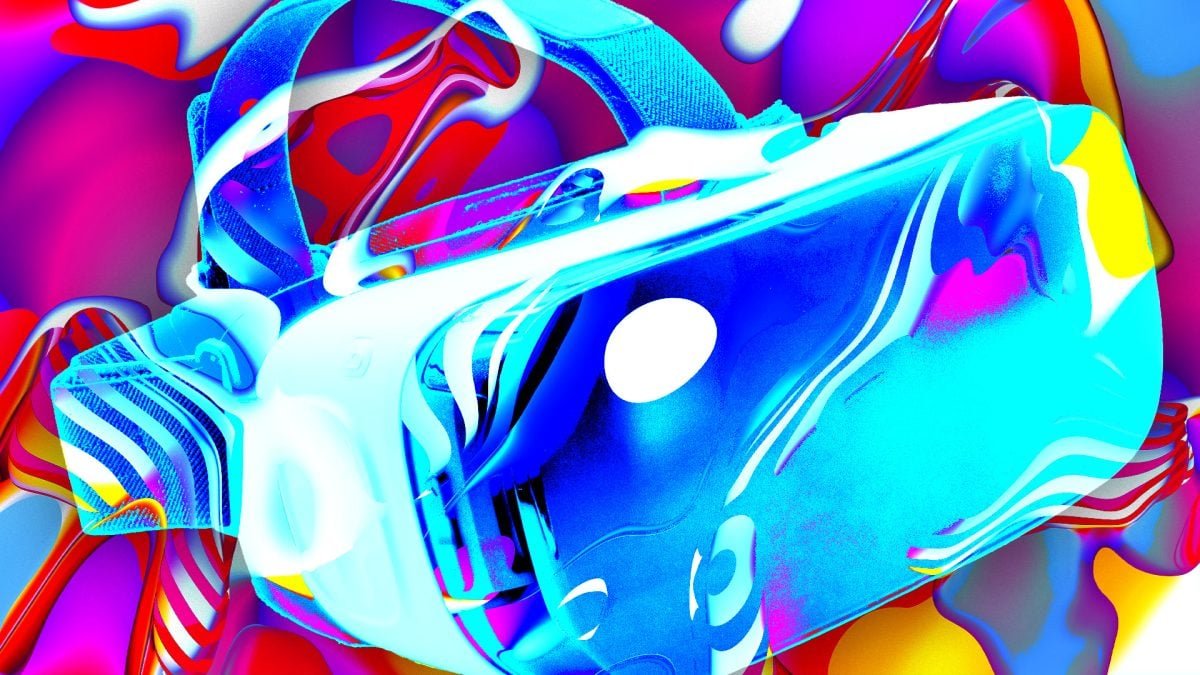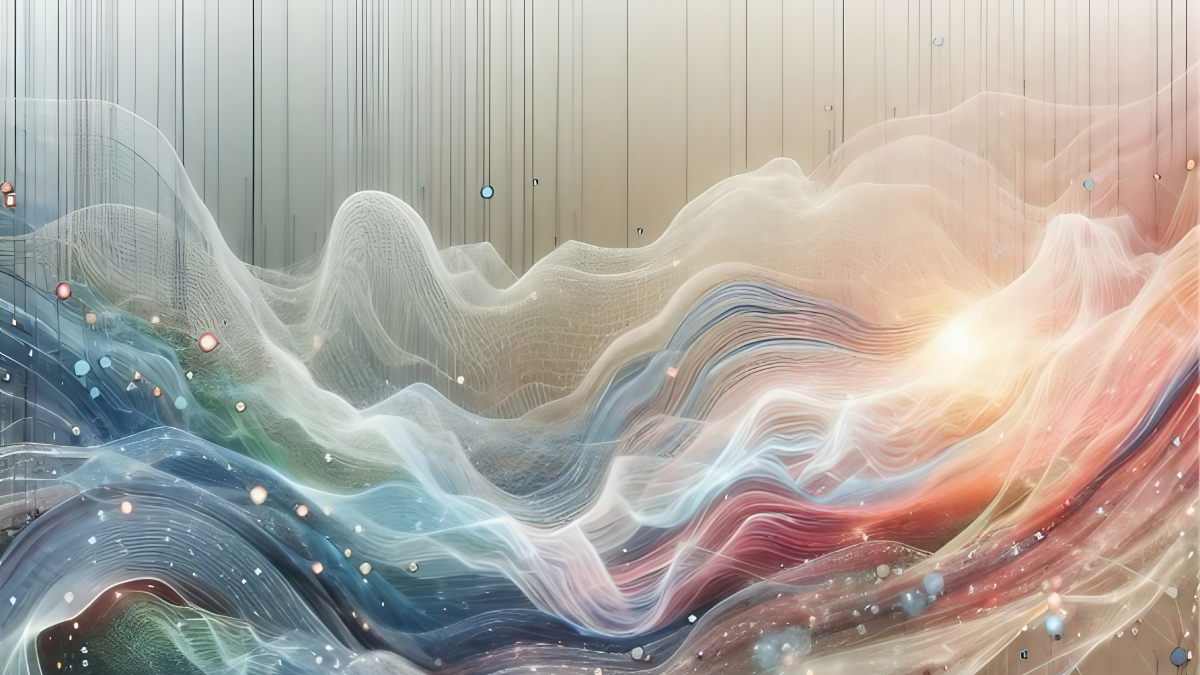Introduction
In the ever-evolving field of web design, staying updated with the latest trends is essential to create impactful user experiences. As we move towards 2023, there are several emerging web design trends that are set to revolutionize the way websites are designed and interacted with in the digital era, websites have become an integral part of every business, and the need for user-friendly and personalized experiences has never been higher. As technology continues to advance, artificial intelligence (AI) is making its way into the world of web design, revolutionizing the way users interact with websites.
In this article, we will explore the emerging web design trends in 2023 that are leveraging AI to enhance user experience and create immersive online environments. From intelligent chatbots to dynamic content personalization, these trends are set to redefine the digital landscape and provide users with more relevant and engaging online experiences. So, buckle up and get ready to discover how AI integration is taking web design to a whole new level in 2023.In this blog post, we will explore these trends and discuss how AI integration can enhance user experience. From Voice User Interface to Accessibility and Inclusion, let’s dive into the future of web design.
Table of Contents
Emerging Trends in Web Design
Voice User Interface:
With the rise of smart speakers and voice assistants, Voice User Interface (VUI) is becoming increasingly popular. Integrating VUI into web design allows users to navigate and interact with websites using voice commands. This hands-free approach not only simplifies user experience but also creates a more inclusive environment for individuals with disabilities.
Product Reveal Hover Effect:
Product Reveal Hover Effect is a visually captivating trend that provides an interactive experience for users. By hovering over images or elements on a website, users can reveal additional information, images, or animations related to the product or service. This trend adds an element of surprise and engagement to the user journey.
3D Design:
As technology advances, 3D design is gaining momentum in web design. Websites with three-dimensional elements can provide a more immersive experience, allowing users to interact with objects in a virtual space. This trend is particularly popular in e-commerce websites, where users can rotate and examine products from different angles before making a purchase.

Micro-interactions:
Dark Mode has become a highly sought-after feature in recent years. Not only does it provide a sleek and modern aesthetic, but it also reduces eye strain and improves readability in low-light environments. Dark Mode is now being adopted by popular websites and applications, giving users the option to switch between light and dark themes.
Micro-interactions:
Micro-interactions refer to small, subtle animations or effects that occur in response to specific user actions. These interactions enhance the user experience by providing feedback, guiding users through the website, and creating a sense of delight. For example, a button changing color or a subtle bounce animation when hovering over an element. These tiny details can contribute significantly to the overall user experience.
Innovative Considerations in Modern Web Design
AI Chatbots and Customization:
Artificial Intelligence (AI) integration has enabled the development of intelligent chatbots that can provide personalized assistance to website visitors. These chatbots can understand user queries, provide relevant information, and even complete transactions. Offering tailored recommendations or suggestions based on user preferences, AI chatbots create a more personalized and efficient experience.
Augmented Reality (AR):
Augmented Reality (AR) has found its way into web design, enabling users to interact with virtual elements in the real world. AR enhances user engagement by overlaying digital information, such as product demonstrations or virtual showrooms, onto the physical environment. This technology opens up new possibilities for e-commerce, interior designing, and virtual try-on experiences.
Overstimulation:
While web design trends often focus on adding more visual elements, the concept of overstimulation cautions against overwhelming users. Designers must strike a balance between engaging visuals and a clutter-free layout to ensure a seamless user experience. By simplifying the design and strategically using negative space, websites can create a sense of calm and clarity for users.
Scrapbook Aesthetic:
The Scrapbook Aesthetic trend takes inspiration from the physical world by incorporating elements such as handwritten text, torn edges, and polaroid-like images. This vintage-inspired style creates a nostalgic and playful atmosphere, enhancing the overall user experience. It is particularly popular for websites related to travel, fashion, and lifestyle.
Accessibility and Inclusion:
Accessibility and Inclusion have become fundamental aspects of web design. It is essential to ensure that websites are accessible to individuals with disabilities, providing equal access to information and functionality. Web designers are incorporating features such as screen reader compatibility, text alternatives for images, and keyboard navigation to make websites inclusive to all users.
Conclusion
Web design trends in 2023 are set to enhance user experience by incorporating AI integration and embracing innovative techniques. From Voice User Interface and Product Reveal Hover Effects to Dark Mode and 3D Design, websites will become more interactive, visually captivating, and inclusive. By keeping up with these trends and leveraging AI technologies, web designers can create websites that offer personalized experiences, efficient interactions, and seamless navigation. As we embrace the future of web design, it is crucial to prioritize accessibility and inclusion, ensuring that all users can access and engage with websites effortlessly.
FAQs
Why is AI integration important in web design?
AI integration in web design enhances user experience by providing personalized recommendations, efficient customer support through chatbots, and intelligent automation of tasks. This results in a more seamless and tailored experience for website visitors.
How does Dark Mode benefit users?
Dark Mode reduces eye strain, especially in low-light environments, and provides a visually appealing alternative to the traditional light mode. It also helps conserve battery life on devices with OLED or AMOLED displays.
What are micro-interactions and why are they significant?
Micro-interactions are small, subtle animations or effects that occur in response to user actions. They provide feedback, guide users through the website, and create a sense of delight. These interactions improve user engagement and make the overall experience more enjoyable.







